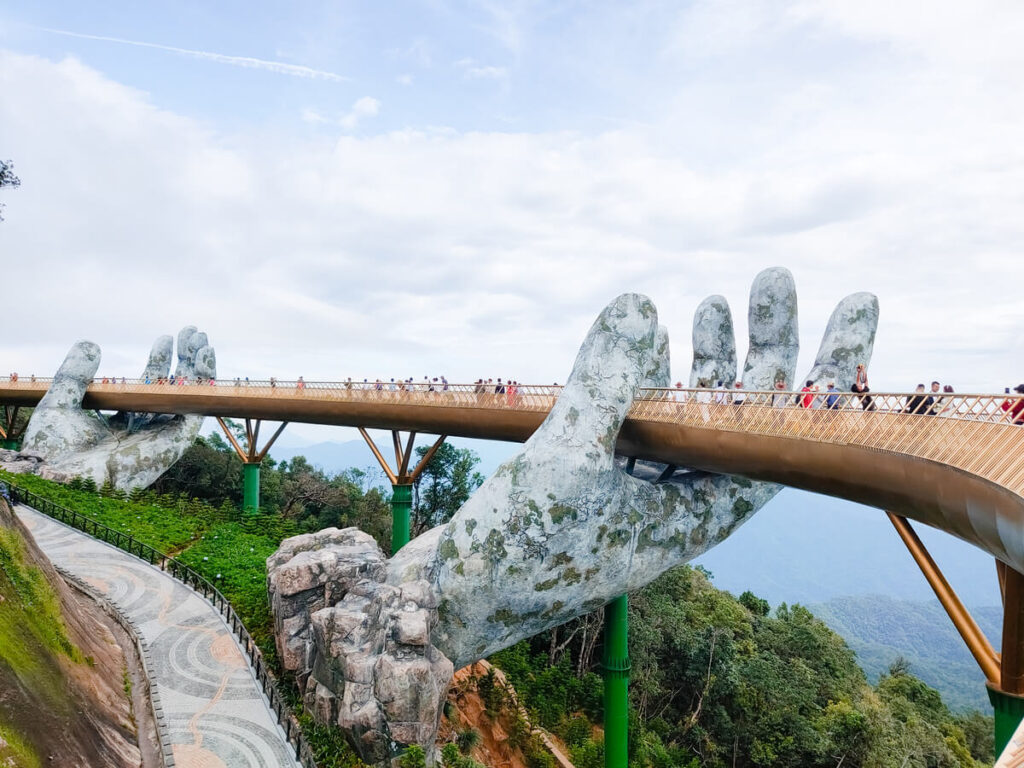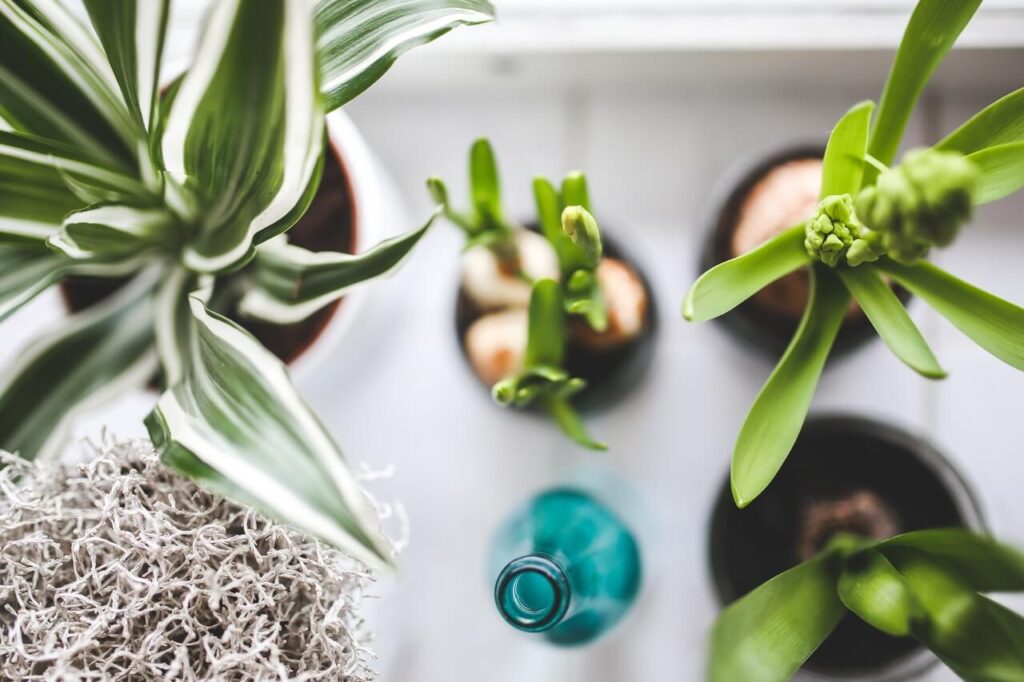For expats and travellers in Vietnam, adjusting to the climate and environment may bring unexpected health challenges, particularly when it comes to seasonal allergies and air pollution. While these issues can affect anyone, Vietnam’s unique climate, rapid urbanization, and industrial growth have created specific health risks that can affect your daily actions. Here is a brief guide on preparing for seasonal changes, managing allergies, protecting yourself from air pollution, and finding products to minimize exposure.

Understanding Vietnam’s Climate and Allergy Seasons
With Vietnam being such a long thin country, the climate varies significantly between the northern, central, and southern regions, each with its own seasonal changes. Here is a summary:
Northern Vietnam (Hanoi and surrounding areas): Northern Vietnam experiences four distinct seasons, including a hot, humid summer and a cool, dry winter. Springtime (March to April) can trigger pollen-related allergies as flowers, while the humid summer (May to August) may lead to mould growth and dust mites in indoor spaces.

Central Vietnam (Da Nang, Hue): Central Vietnam is prone to seasonal shifts, including a prolonged rainy season (September to December), which can exacerbate mould and mildew allergies. The hot, dry season follows from February to August, which can intensify dust allergies.

Southern Vietnam (Ho Chi Minh City): Southern Vietnam has a tropical climate with only two seasons—wet (May to November) and dry (December to April). Allergies here often stem from dust and pollution during the dry season, and from mould and dampness during the wet season.

Common Allergy Symptoms and Triggers in Vietnam
Seasonal allergies in Vietnam are commonly seen through symptoms such as sneezing, runny nose, itchy eyes, and coughing. However, they may be worsened by certain environmental factors such as:
Pollen and Dust: During the dry season, dust and pollen levels increase, leading to respiratory issues, especially for those with asthma or hay fever. On the other hand, temporary weather conditions such as prolonged rains can reduce dust levels, offering temporary relief to allergy sufferers.
Mould and Mildew: High humidity during the rainy season encourages the growth of mould and mildew in homes, which can aggravate allergies and asthma. This can be especially problematic in coastal areas, where moisture levels are consistently high.

Air Pollution: Pollution from traffic, construction, and industrial activities is a major health concern in urban centres like Hanoi and Ho Chi Minh City. Fine particulate matter (PM2.5) in the air can irritate the respiratory system, particularly for individuals with allergies, asthma, or other respiratory conditions.
Managing Seasonal Allergies in Vietnam
Managing allergies requires both prevention and symptom relief. Here are some practical steps:
Monitor Pollen and Pollution Levels: Check local weather apps or websites like AirVisual and IQAir to monitor air quality and pollen levels. On days when levels are high, consider staying indoors or reducing outdoor activities.
Air quality apps often highlight areas where pollution levels are lower, such as suburban regions or green zones, so look for these areas as an alternative.
Use Air Purifiers: An air purifier with a HEPA filter can be a valuable investment, especially if you’re living in an urban area or have allergies. HEPA filters capture dust, pollen, and even some airborne bacteria. Brands like Xiaomi, Dyson, and Sharp offer reliable air purifiers available in Vietnam. Place the purifier in your bedroom for maximum benefit while you sleep.

Control Indoor Humidity: To prevent mould and dust mites, keep indoor humidity levels between 40-50%. Dehumidifiers are especially helpful during the rainy season and are available at larger electronics stores or online. Alternatively, air conditioning units with dehumidifying functions can also help manage humidity levels.
Wash Bedding Frequently: Dust mites thrive in bedding and fabric, so wash your sheets and pillowcases weekly in hot water to kill allergens. If possible, use allergen-proof covers on mattresses and pillows.
Use Nasal Sprays or Antihistamines: Over-the-counter antihistamines, such as loratadine or cetirizine, can help relieve symptoms of nasal congestion and itching. Nasal saline sprays are also helpful for flushing out allergens and keeping nasal passages clear. These products are widely available at pharmacies across Vietnam.
Protecting Yourself from Air Pollution
Air pollution is a serious health risk in many of Vietnam’s major cities. Long-term exposure can lead to respiratory diseases, while short-term exposure may worsen allergies and asthma. In order to protect yourself you can :
Wear Masks Outdoors: Wearing a high-quality mask, like an N95 or KN95, can significantly reduce your exposure to harmful particulates. Choose masks designed to filter fine particles (PM2.5), which are most damaging to the respiratory system. Popular brands like 3M and Cambridge Mask are available in Vietnam, offering effective protection for daily commutes or outdoor activities.

Limit Outdoor Activities on High-Pollution Days: On days when air quality is particularly poor, try to stay indoors, especially during peak traffic hours. Air pollution levels tend to be highest in the mornings and evenings when traffic is heaviest.
Indoor Ventilation with Caution: While good ventilation is essential, be cautious on days with high pollution. If pollution levels are high, keep windows closed and use an air purifier to filter indoor air. When air quality improves, open windows briefly to let in fresh air, ideally in the early morning when pollution is lower.
Houseplants for Indoor Air Quality: Certain plants, like snake plants and pothos, can help improve indoor air quality by absorbing toxins. While they’re not a substitute for an air purifier, they add a bit of natural filtration and create a healthier indoor environment.
Discover Related Guides: Vietnam National Flower: The Sacred Lotus – History & Symbolism

While managing allergies and pollution-related health risks in Vietnam can initially seem daunting, with the availability of a range of affordable machines and simple steps to take, you will soon find ways to stay healthy. It is important to note that Vietnam is working to enhance air quality through the development of lush green parks in major cities and although city life may have pollution, Vietnam has an incredibly diverse geographical terrain with a lot of mountainous regions with clean fresh air as well as long stretches of clean and fresh sea areas – therefore offering something to everyone.







